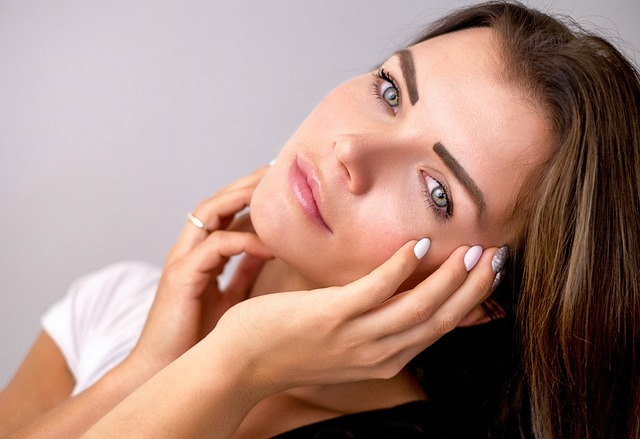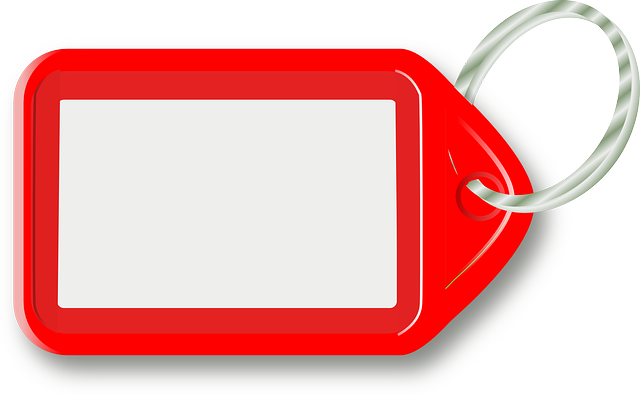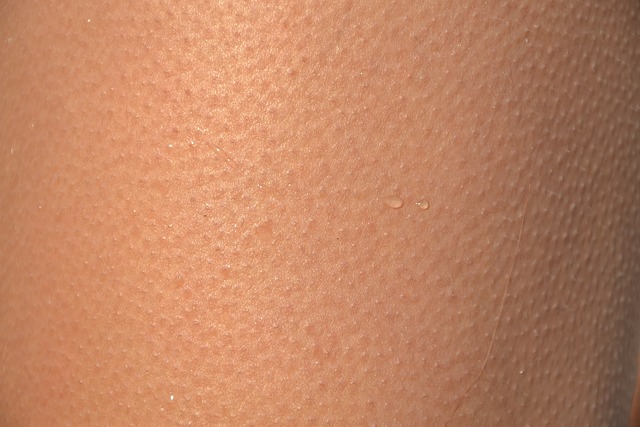Skin tags, known as acrochorda, are common benign skin growths found in body creases like those in the underarms, neck, and groin. Glasgow residents often experience these, and it's important for them to recognize these harmless lesions that can cause discomfort or cosmetic concerns due to clothing friction. While their exact cause remains unclear, factors such as skin friction, rubbing, and body chemistry are suspected to contribute to their development. Residents experiencing issues with skin tags can turn to 'Tag Removal Glasgow' for professional treatment options. The clinic offers various safe and effective methods including cryotherapy, surgical excision, and electrocautery, ensuring minimal scarring. These treatments are chosen based on the size, location, and individual health of the patient. Cryotherapy is a popular choice due to its simplicity and short recovery time, while larger or bothersome tags may require surgical removal under local anaesthesia. Other options like laser treatment and electrosurgical procedures offer quick results with minimal downtime. Glasgow residents should consult healthcare providers for personalized advice, as the specialists at Tag Removal Glasgow can evaluate their specific condition and recommend the most suitable treatment. The clinic prioritizes safety and efficacy to provide the best care for the removal of skin tags on arms and legs.
When it comes to managing skin tags on arms and legs, understanding their nature and causes is the first step towards effective treatment. This article delves into the prevalence of skin tags among Glasgow residents, providing valuable insights into what they are and why they appear. With a focus on practical solutions, we explore the most efficient treatment options available in Glasgow, emphasizing the expertise of Tag Removal Glasgow services. Whether you’re seeking professional medical advice or home remedies, this guide equips you with the knowledge to address these harmless growths confidently and comfortably.
- Understanding Skin Tags: Identification and Causes in Glasgow Residents
- Effective Treatment Options for Skin Tags in Glasgow: A Comprehensive Guide to Tag Removal Glasgow
Understanding Skin Tags: Identification and Causes in Glasgow Residents

Skin tags, also known as acrochorda, are small, benign skin growths that resemble a piece of hanging skin and often appear on areas with creased or folded skin, such as the underarms, armpits, neck, and groin. For Glasgow residents, understanding these common skin ailments is crucial for timely and appropriate treatment. These tags can vary in size and are generally harmless, but they may become irritated by clothing, shaving, or jewelry, leading to discomfort or cosmetic concerns. While the exact cause of skin tags remains unknown, they are believed to be associated with factors such as friction, rubbing, and body chemistry, including hormonal changes and insulin resistance. In Glasgow’s diverse climate, where humidity can fluctuate and weather may contribute to skin conditions, the prevalence of skin tags is not uncommon. For those seeking expert removal, ‘Tag Removal Glasgow’ services offer safe and effective solutions tailored to individual needs. These professionals utilize various methods, including surgical excision, cryotherapy, or electrocautery, ensuring minimal scarring and optimal results. Recognizing the early signs of skin tags, such as a soft, pedunculated (having a narrow stalk), hanging piece of skin, and understanding their benign nature, allows individuals in Glasgow to seek timely medical advice and consider services like ‘Tag Removal Glasgow’ for removal if they choose to do so for cosmetic or comfort reasons.
Effective Treatment Options for Skin Tags in Glasgow: A Comprehensive Guide to Tag Removal Glasgow

Identifying the best treatment for skin tags on arms and legs is a personal decision, often influenced by factors such as the size, location, and your overall health. In Glasgow, residents have access to a variety of effective tag removal options tailored to their specific needs. One of the most common and minimally invasive methods is cryotherapy, where liquid nitrogen is applied to freeze the skin tag, causing it to fall off within a few weeks. This method is particularly favoured due to its simplicity and short recovery time. Another option is surgical removal, which is typically performed under local anaesthesia for larger or more bothersome tags. This ensures patient comfort while the tag is carefully excised, minimising the risk of infection and scarring.
Laser treatment and electrosurgical procedures are additional approaches available in Glasgow. Laser treatment uses a high-intensity light beam to remove the base of the skin tag, promoting natural shedding over time. Electrosurgery, on the other hand, employs an electric current to fulgurate the tag, charring it until it falls off. Both methods are conducted by trained professionals and offer quick results with minimal downtime. It’s important for individuals considering any of these treatments to consult with a healthcare provider, as they can assess the most suitable option based on your skin type, overall health, and specific condition of the skin tag. Tag Removal Glasgow specialists are well-versed in these procedures and can guide you through each step of the process, ensuring safe and effective removal of skin tags on arms and legs.
For individuals in Glasgow grappling with skin tags on their arms and legs, understanding what these growths are and their potential causes is a crucial first step. The article has provided a comprehensive overview of skin tags, including common identification methods and underlying factors that contribute to their development. When it comes to treatment, the guide offered by Tag Removal Glasgow stands out as a reliable resource for safe and effective removal options. Whether opting for surgical excision, cryotherapy, or natural alternatives like topical creams, the information presented ensures that residents of Glasgow are well-equipped to address their skin tag concerns with confidence and care. With a variety of treatment modalities available, the best approach is one that aligns with individual preferences and health considerations.
